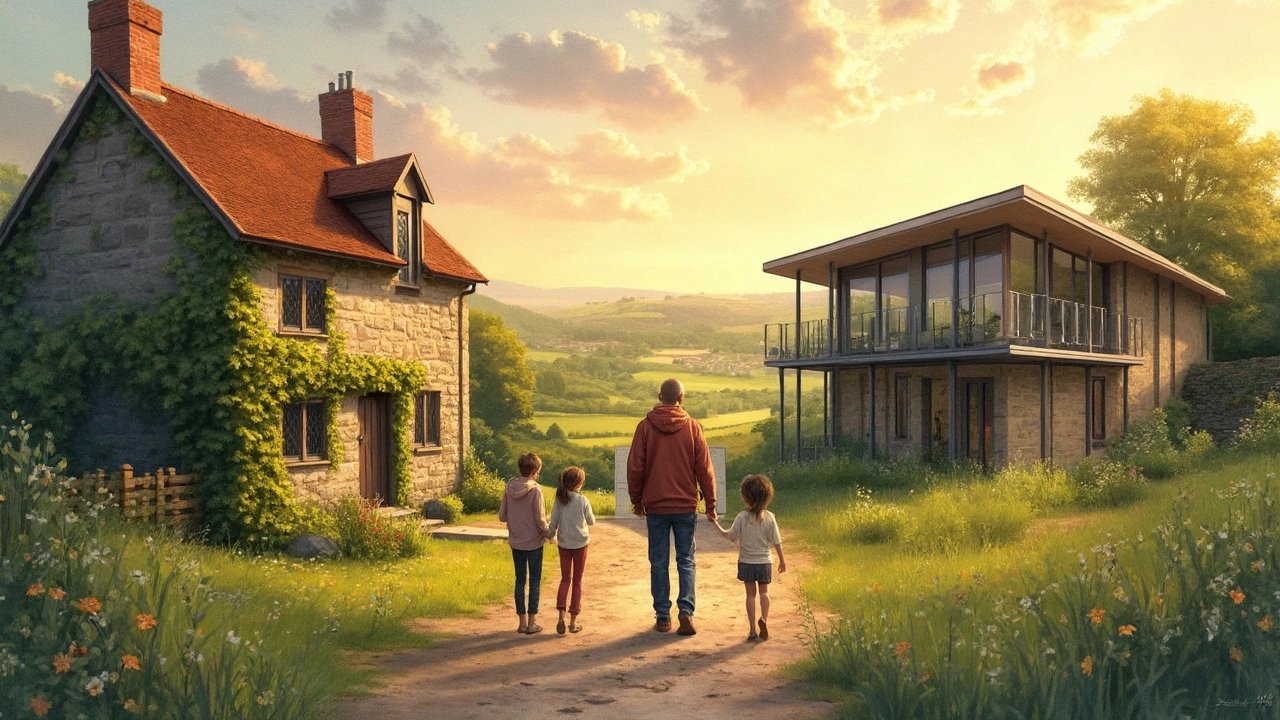New Home Guide: What You Need to Know Before Building or Buying
Thinking about a new home? Whether you’re ordering a brand‑new build or buying a freshly finished house, there are a few things that can save you time, stress, and money. This guide breaks down the basics so you can move forward with confidence.
First off, decide if you want a custom build, a developer’s spec home, or a ready‑made new house from a local estate. Each option has its own timeline, cost structure, and level of control over design. Know what matters most to you – speed, flexibility, or price – and match it to the right route.
Choosing the Right New Build Design
When you start looking at floor plans, ask yourself how you live day‑to‑day. Do you need an open kitchen for family meals, a home office, or extra storage for tools? Simple questions help you pick a layout that won’t feel cramped later.
Don’t ignore the orientation of the house. South‑facing windows bring in natural light and can cut heating bills. If you’re in a windy area, think about windbreaks or double‑glazed windows to keep the house cozy.
Materials matter too. For a new home, modern timber frames, insulated blocks, or even prefabricated panels can give you a strong, energy‑efficient shell. Talk to the builder about warranty coverage on roofs, walls, and foundations – a good warranty can protect you for years.
Key Costs and How to Budget
It’s easy to focus on the headline price of a new home, but the real cost includes finishings, landscaping, and the occasional snag list. Make a spreadsheet that lists the base price, upgrades (like higher‑grade flooring or smart home tech), and hidden fees such as planning permits or utility connections.Don’t forget the “move‑in” budget. Movers, furniture, and initial utility deposits can add up fast. A rule of thumb is to set aside 5‑10% of the total project cost for these extras.
If you’re financing, shop around for mortgage rates and consider a construction loan if you’re building from scratch. Some lenders offer interest‑only periods while the build is in progress, which can ease cash flow.
Lastly, put a contingency fund in place – 5% of the total budget is a safe cushion for unexpected issues like soil remediation or design changes.
By clarifying your lifestyle needs, choosing smart materials, and mapping out every cost, you’ll walk into your new home feeling prepared, not surprised. Ready to start? Grab a notebook, talk to a local builder, and take the first step toward the house you’ve been dreaming about.

